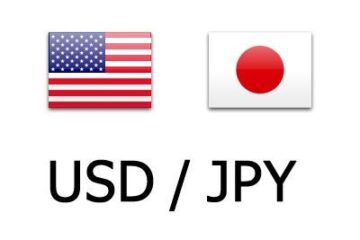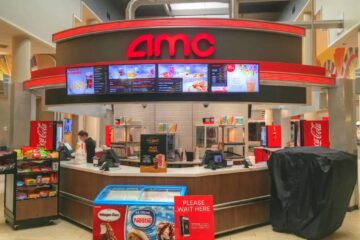Almost five years after buying Whole Foods for $13.7 billion, Amazon is launching the promised revolution in the grocery shopping experience.
Any industry in which Amazon (AMZN) – Get Amazon.com, Inc. Report has invested or ventured has grown accustomed to disruption.
When the Seattle tech and online-retail giant, founded by Jeff Bezos, in June 2017 seized the Whole Foods chain of organic products for the tidy sum of $13.7 billion, the transaction raised many questions.
One of the most obvious ones: Why would a company that made its mark by making brick-and-mortar stores obsolete buy a chain of brick-and-mortar retail stores often located in cities with hyper-high real estate prices? Some speculated that Amazon wanted to get its hands on the Whole Foods supplier list.
The answer is now clear: Amazon’s ambition was to revolutionize the way consumers shop for groceries — and to gradually take control of this sector, where Walmart (WMT) – Get Walmart Inc. Report, Target (TGT) – Get Target Corporation Report, Costco (COST) – Get Costco Wholesale Corporation Report, Albertsons (ACI) – Get Albertsons Companies, Inc. Class A Report, Kroger (KR) – Get Kroger Co. Report and so many others play.
Amazon has just opened its first Amazon-style Whole Foods store in Washington D.C. There’s another one in Sherman Oaks in Los Angeles.
‘Amazonification’ of Whole Foods
This store represents the Amazonification of grocery stores. It gives consumers, and the industry, an idea of how the e-commerce giant wants people to shop for groceries in the future.
The store is located in the Glover Park neighborhood near Georgetown.
This 21,500-square-foot store, which offers a wide variety of local products, is fully automated, managed largely by robots.
All this is based on so-called just-walk-out technology.
A customer enters the store and identifies as a shopper in one of two ways: either by scanning a palm or by scanning an in-app QR.
Hundreds of cameras with a bird’s-eye view of customers are placed around the store, and sensors are placed under each apple, box of oatmeal and loaf of multigrain bread.
Deep-learning software analyzes purchase activity to detect patterns and increase the accuracy of charges.
“Amazon’s Just Walk Out Shopping technology is made possible through a combination of computer vision, sensor fusion and deep learning,” the company explains. It “automatically detects when products are taken from or returned to the shelves and keeps track of them in a virtual cart. When you’re done shopping, you can skip the checkout line.”
“With Just Walk Out Shopping, the store provides customers the choice to skip the register for a faster, more convenient shopping experience while offering the same high-quality products and exceptional service from team members as other Whole Foods Market stores,” Whole Foods said in a press release.
Amazon has been testing this automation for five years, starting with 24 Amazon Go convenience stores and multiple Amazon Fresh grocery stores across the country. The palm-scanning technology, known as Amazon One, is also licensed by others, such as a Hudson convenience store at Dulles International Airport near Washington and Shaquille O’Neal’s Big Chicken restaurant.
The technology is comparable to that of driverless cars. It identifies when a product is lifted from a shelf, freezer or product bin; automatically details the goods; and bills the customer when they leave the store.
Whole Foods’ employees are in every department to answer questions, offer advice and provide product recommendations, Amazon said. Employees also will be posted at entrances and exits to help.
No Amazon Account Needed
After you leave the store, “we’ll send you a receipt and charge your Amazon account,” the company says.
You have three different ways to pay: the In-store code in your Whole Foods Market or Amazon app linked to a credit card or debit card; Amazon One linked to your Amazon account, or a credit or debit card linked to your Amazon account.
Customers using cash or prepaid cards can use the store’s self-checkout lanes.
Those who used just-walk-out shopping receive an email notification that their digital receipts are available in their accounts on the Whole Foods Market app. They can also find their receipts in the Amazon app. Those who use self-checkout receive a paper receipt.
Amazon says that for as long as 30 days after a purchase, a customer can request a refund by tapping on “Request a refund” via the digital receipt linked in the email or in the Whole Foods Market or Amazon app.
Additionally, up to 90 days after a purchase, customers can make returns by going to a Whole Foods Market and presenting the barcode on the digital receipt to the customer service desk or by contacting customer service.
Anyone with an Amazon account, not just Prime members, can shop this way, Amazon insists. And those who don’t have Amazon accounts can as well.
The industry has taken careful notice.


